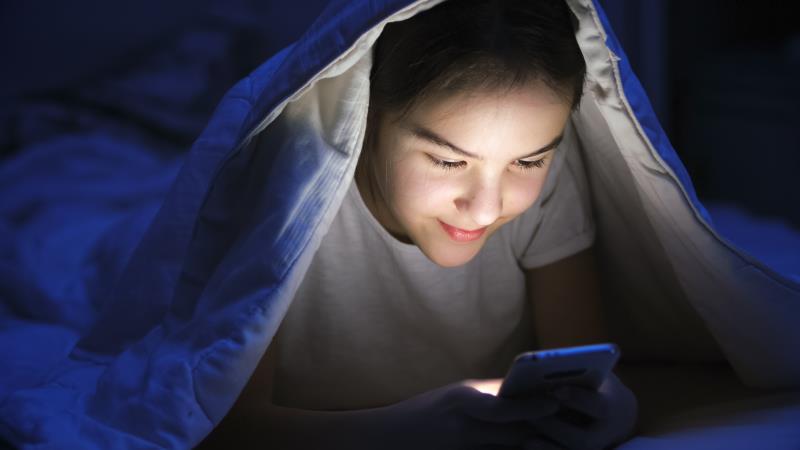Night owls at increased risk of asthma, allergies





Teenagers who are night owls are more likely to have asthma and allergies than their peers who are early birds, suggest data from the PERFORMANCE* study.
“Sleep and the ‘sleep hormone’ melatonin are known to influence asthma, so we wanted to see if adolescents’ preference for staying up late or going to bed early could be involved in their asthma risk,” said Dr Subhabrata Moitra at the University of Alberta in Edmonton, Canada.
Compared with teenagers who were early birds, night owls were almost twice as likely to report having wheeze in the past 12 months (11.7 percent vs 6.4 percent; relative risk [RR], 1.85, 95 percent confidence interval [CI], 1.02–3.35). [ERJ Open Res 2020;doi:10.1183/23120541.00034-2018]
Furthermore, the risk of having asthma was more than double among teenagers who were night owls vs morning-type teenagers (23.6 percent vs 6.2 percent; RR, 2.67, 95 percent CI, 1.65–4.31).
Similar findings were seen for rhinitis and rhinoconjunctivitis. The RR of ever having rhinitis was 2.51 (95 percent CI, 1.84–3.42) and for current rhinitis, the RR was 2.76 (95 percent CI, 1.94–3.92) in evening-type vs morning-type teenagers. Night owls were also more likely to have current rhinoconjunctivitis than early birds (RR, 2.43, 95 percent CI, 1.47–4.03).
Participants who fell in between the morning- and evening-type of chronotypes (ie, the intermediate-type) also showed a higher risk of having asthma, rhinitis, and rhinoconjunctivitis than the morning-type teenagers.
“Our results suggest there’s a link between preferred sleep time, and asthma and allergies in teenagers. We can’t be certain that staying up late is causing asthma, but we know that the sleep hormone melatonin is often out of sync in late-sleepers and that could, in turn, be influencing teenagers allergic response,” said Moitra.
The multicentre, prospective study involved 1,684 adolescents aged between 13–14 years (42 percent girls) in West Bengal, India. The participants were categorized into three chronotypes using the reduced Morningness–Eveningness Questionnaire (rMEQ): morning type (those who prefer to sleep and wake up early), evening type (those who tend to stay up late and wake up late in the morning), and intermediate type for those who fell in between the two groups. Respiratory symptoms were reported based on those listed in the ISAAC** Phase III questionnaire.
The associations between the respiratory symptoms and chronotypes held regardless of sex, exposure to second-hand smoke at home, exposure to pets, family history of atopy/asthma, and the number of siblings.
“A perfect sleep is the result of good melatonin cycles,” explained Moitra. “It is already known that evening-types are easily more prone to circadian misalignments that could eventually lead to circadian clock dysfunction which triggers several down-stream mechanisms including altered immune systems in the lungs.”
“We also know that children and young people are increasingly exposed to the light from mobile phone, tablets, and other devices, and staying up later at night,” he added. “It could be that encouraging teenagers to put down their devices and get to bed a little earlier would help decrease the risk of asthma and allergies. That’s something that we need to study more.”
If exposure to artificial light is unavoidable at night time, Moitra suggested using LED screens with reduced brightness and amber house lighting to minimize exposure.
While melatonin supplements might help with sleeplessness, he discouraged regular consumption of the supplement to prevent disruption of the natural production of melatonin by the body.
.